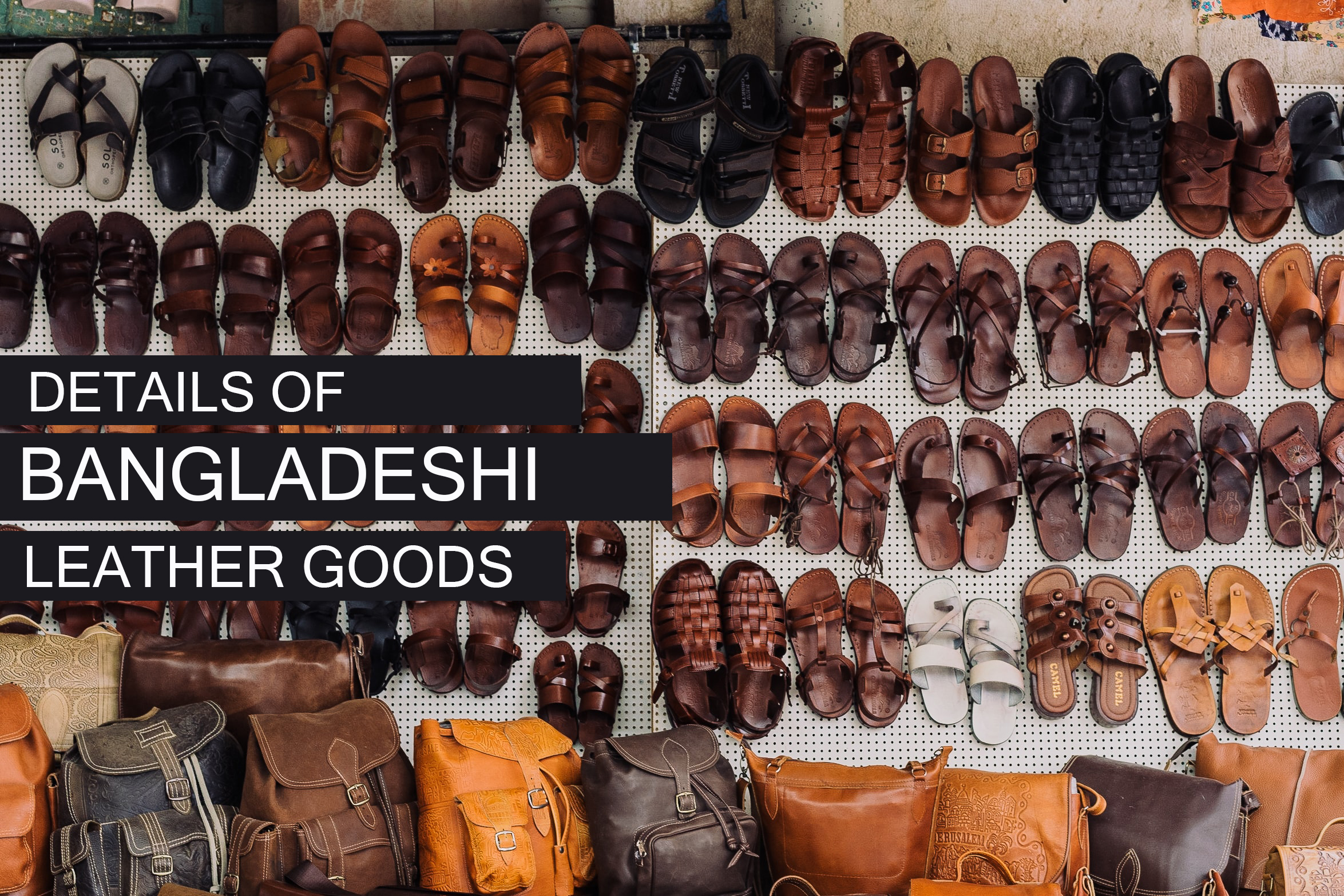
Exploring the Tradition and Craftsmanship of ..
Jan 25 - 2023

Bangladesh is known for its high-quality leather goods, which are exported to countries around the world. The leather industry in Bangladesh has a long history, with the first leather tannery established in the country in the late 1800s. Today, the country is home to more than 700 tanneries, which produce a wide range of leather products, including shoes, bags, jackets, and belts.
One of the main advantages of Bangladeshi leather goods is their affordability. Due to the lower cost of labor and raw materials in Bangladesh, leather goods produced in the country are generally less expensive than those made in other countries. However, this does not mean that the quality of the leather is compromised. The Bangladeshi leather industry has developed advanced technologies and practices to ensure that the leather goods produced are of the highest quality.
Another advantage of Bangladeshi leather goods is the wide range of products available. The country's tanneries produce a variety of leather products, including cowhide, goat skin, sheepskin, and buffalo hide. This allows for a wide range of options when it comes to the colors, textures, and thicknesses of the leather.
The Bangladeshi leather industry also has a strong tradition of craftsmanship. Skilled artisans in the country have been working with leather for generations, and this expertise is reflected in the quality of the leather goods produced. Many of the leather goods produced in the country are handmade, with intricate details and designs that are difficult to replicate with machines.
However, there are also some challenges facing the Bangladeshi leather industry. One of the main challenges is the lack of proper regulations and oversight in the industry. This has led to some tanneries in the country operating in unsanitary and environmentally harmful ways, which has resulted in negative impacts on the health of the workers and the surrounding communities.
Another challenge facing the Bangladeshi leather industry is the lack of infrastructure for the proper disposal of waste materials. Many tanneries in the country do not have adequate waste treatment facilities, which leads to the release of harmful chemicals and pollutants into the environment.
Despite these challenges, the Bangladeshi leather industry is still a major contributor to the country's economy and a significant provider of employment opportunities. The industry has the potential to grow even further in the future with proper regulations, infrastructure, and investment in technology and sustainability.
In conclusion, Bangladeshi leather goods are known for their affordability, high quality, and wide range of options. The country's tanneries produce a variety of leather products, including cowhide, goat skin, sheepskin, and buffalo hide. The industry also has a strong tradition of craftsmanship, with many of the leather goods produced in the country being handmade. However, there are also challenges facing the Bangladeshi leather industry, including a lack of proper regulations and oversight, and a lack of infrastructure for the proper disposal of waste materials. Despite these challenges, the Bangladeshi leather industry is still a major contributor to the country's economy and a significant provider of employment opportunities. With proper investment and effort to improve sustainability, the industry has the potential to grow even further in the future.